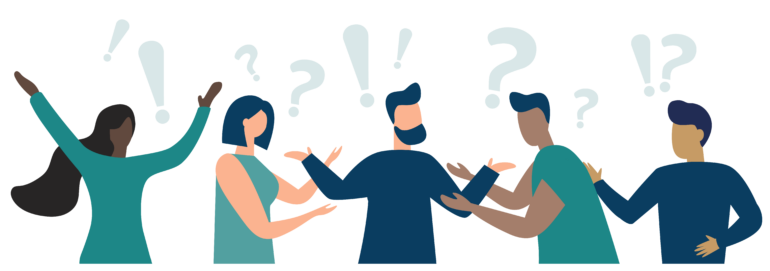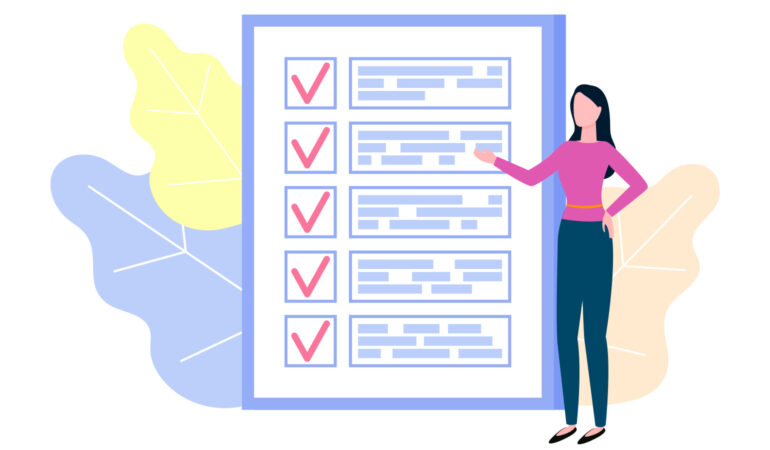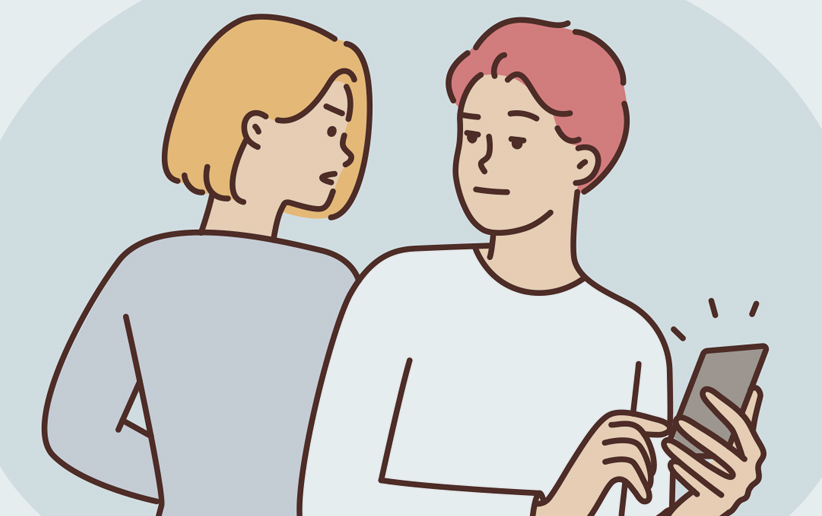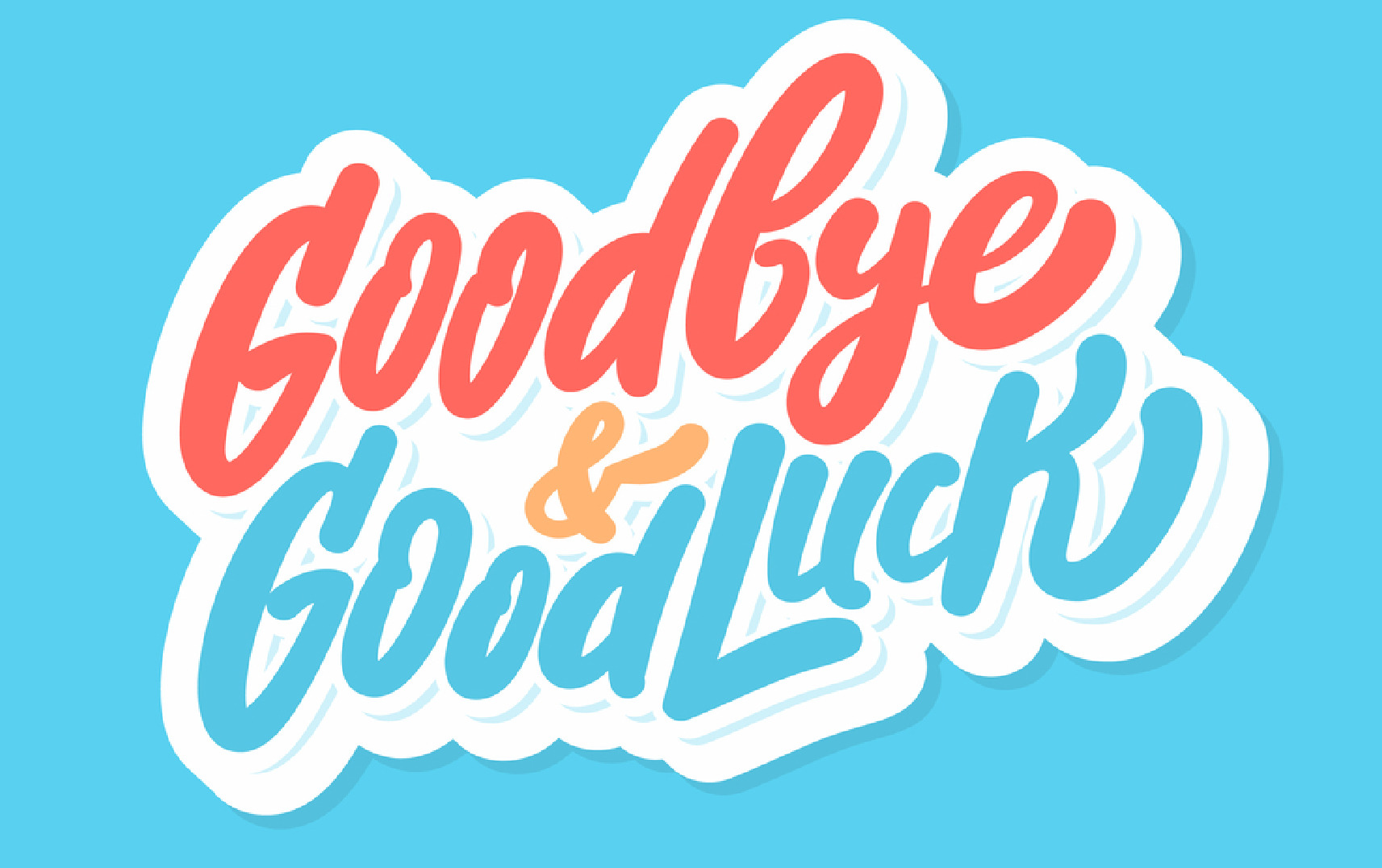There’s an authoritative knock on the door of your solo practice. You open it, and a uniformed Sheriff’s deputy is standing there with a clipboard piled high with papers. He hands you one of the documents from the stack—in big letters across the top of a page scattered with numerous signature boxes and quasi-legalese you catch, with a sinking feeling, the words “SUBPOENA FOR WITNESSES.”
If this hypothetical causes any sort of tension, dread, or anxiety, this article is for you. In it, we’re going to break down exactly what subpoenas are, how and why they’re issued, and the availability and practicality of subpoena response when one does arrive. Rather than guide or advise you to choose any one action in response to a subpoena, it instead serves as a launch point for LMFTs to understand the legal process of compelled testimony, and legal or ethical concerns that may be raised in response to receiving such a request. Specific action should only be taken after the practitioner has consulted with and received local legal advice specific to their jurisdiction.
 First—what is a subpoena? A subpoena, from the latin “sub pena” or, “under penalty” is a document issued by the court which mandates or compels the production of evidence by the person to whom the subpoena is directed. There are generally two forms of subpoena, a subpoena for witnesses, where the evidence to be produced is through the actual appearance and testimony of the directed person at the location and time designated by the form; and subpoena duces tecum (Latin for “you shall bring it with you under penalty”), directing the person to produce or allow for inspection of physical evidence, such as written or recorded documents, videos, or audio that is held within the directed party’s custody or control. Failure to comply with a subpoena carries legal penalties (hence the etymology: “under penalty,”) and although these penalties vary state by state, they can sometimes carry jail time or hefty fines. Combined with the service process (the physical method of delivering the subpoena), which can be done by either uniformed law enforcement or, occasionally, citizens with authorization by court or statute, it’s no wonder that many practitioners find the entire idea of a subpoena unsettling. But generally speaking, there is no need for immediate panic, because service requirements will often mean you have time, or notice, to orient yourself and figure out a response.
First—what is a subpoena? A subpoena, from the latin “sub pena” or, “under penalty” is a document issued by the court which mandates or compels the production of evidence by the person to whom the subpoena is directed. There are generally two forms of subpoena, a subpoena for witnesses, where the evidence to be produced is through the actual appearance and testimony of the directed person at the location and time designated by the form; and subpoena duces tecum (Latin for “you shall bring it with you under penalty”), directing the person to produce or allow for inspection of physical evidence, such as written or recorded documents, videos, or audio that is held within the directed party’s custody or control. Failure to comply with a subpoena carries legal penalties (hence the etymology: “under penalty,”) and although these penalties vary state by state, they can sometimes carry jail time or hefty fines. Combined with the service process (the physical method of delivering the subpoena), which can be done by either uniformed law enforcement or, occasionally, citizens with authorization by court or statute, it’s no wonder that many practitioners find the entire idea of a subpoena unsettling. But generally speaking, there is no need for immediate panic, because service requirements will often mean you have time, or notice, to orient yourself and figure out a response.
Sometimes, subpoenas are issued in mistake or without good cause, and this is a byproduct of the nature of how subpoenas are issued. In many states, there is no evidentiary hearing or evidentiary standard that an attorney must prove to the court before requesting the issuance of a subpoena. Oftentimes, the attorney just goes to the clerk of the court, gets a form from the clerk, fills in the desired person’s name and address, and turns it back into the clerk. And just like that, the subpoena is issued. The attorney is not required to consult with, warn, or even have ever contacted the person to whom the subpoena is directed. They may have gotten the name through their client, or a third party, and issued a subpoena for a matter about which the recipient has no knowledge. And although ethically speaking, the attorney should only request the issuance of subpoenas to individuals they have cause to believe possess some relevant evidence to the matter pending before the court, they aren’t generally required to believe that that evidence exists to any measurable degree. What that means in reality is that the attorney who requests the issuance of a subpoena to compel testimony or document production can do so with less evidence than a therapist must have to break confidentiality for duty to warn, than a police officer must have to arrest an individual, and that a judge must have before issuing a search warrant. And although the attorney may later face sanctions for issuing frivolous or wasteful subpoenas, that doesn’t invalidate a subpoena that has already been issued at the same attorney’s request. The requesting attorney is also not required to consider defenses the recipient may have to quash (or dismiss) the subpoena either, including defenses such as whether the person at whom the subpoena is directed can assert a legal or statutory privilege against testimony.
Why are subpoena’s issued. As previously mentioned, subpoenas are requested by attorneys, and issued by the court, whenever an attorney has reason to believe that the recipient may have evidence relevant to a pending case or investigation. Often, they request subpoenas to gather that evidence for their case, but sometimes individuals are surprised by subpoenas for hearings where they have already agreed to show up willingly. These are often just procedural safeguards for attorneys—if an expected witness to a deposition or court proceeding falls ill, experiences car trouble, or just decides not to show, the attorney can turn to the court and request the matter be continued to a later time. Judges will often check if a subpoena was issued before deciding to grant the attorney’s request for a new date.
After the subpoena is served. You have the subpoena in hand, you are aware of what it means, how it’s issued, and know there are possible consequences to just ignoring it. None of that information guides you on what you can do, and what you must do next, which is probably the most unnerving part of the whole process.
Sometimes, subpoenas are issued in mistake or without good cause, and this is a byproduct of the nature of how subpoenas are issued.
First, as previously mentioned, the subpoena is issued without consideration to defenses you may present to have it quashed (or dismissed before your presence is required in court or documents are produced and surrendered for inspection). One possible defense is privilege, or your right to assert to the court that the information they are requesting is either protected from release by written law (i.e., statute), or common law, which is precedent or legal tradition. In federal courts and many state courts, there is a recognized privilege mental health practitioners may assert against compelled testimony, regarding information your client has provided to you or you have created during the course of treatment of your client, but these protections vary state by state, and can be waived—so informing your client of the subpoena and checking in on their preference regarding your confidentiality is a good first step.
You may find out that it is your client who has requested your presence at the hearing and wishes for you to waive privilege, which should lead to a conversation about the ethics of dual roles, the practitioner’s own competence, and limitations on the scope of their testimony, and possible issues regarding conflict of interests (AAMFT Code of Ethics 7.2-7.10). Other defenses include lack of proper service, or that the subpoena was delivered in a time or manner that does not comply with law; that you lack custody or control of the information, e.g., a subpoena is served on you for information you do not possess; and sometimes even lack of jurisdiction, e.g., a subpoena for you to testify in Norway from a Norwegian court is delivered to you in the state of Ohio. It is not the requesting attorney or court’s responsibility to present these defenses for you, and these defenses are often unable to be asserted virtually or by out-of-state attorneys—so AAMFT legal staff will not be able to appear in your local court to assist you in court or advise you as to which defense to present on your own.
It’s a good idea, and perhaps a prompt second step, to contact your malpractice insurance carrier to have a local attorney assigned to represent you on the subpoena, and explore any possible defenses to the subpoena you may have under your area’s laws and precedents.
One thing you must not do is simply ignore the subpoena—even if you believe the information the attorney is requesting is not something you can release, either because you are not a forensic examiner and believe you are ethically unable to provide information, or your client has not given permission to testify and wishes you to assert privilege, or even if the subpoena was improperly served. If you have notice of the hearing and did not have the assistance of counsel to quash the subpoena, the safest response for you is to be present or you could be subject to the consequences of failure to comply with a court order. Even if you go to court and merely give the response “I do not believe I can answer because of my (ethical obligations/lack of knowledge/privilege against testimony),” your appearance upon receipt of the subpoena is required; it is up to the attorneys present at the courtroom, whether they’re your client’s attorney, your own malpractice attorney, or the opposing counsel, to argue and determine whether your testimony is a) required, and b) admissible. This is why contacting your malpractice carrier to speak to them about the subpoena is one of the first things to do, as you may possibly avoid the time and hassle of appearing in court with an attorney’s assistance.
 Hopefully, this article has demystified the subpoena process. In sum, it takes very little effort or information on the part of an attorney to request and have a subpoena issued for your testimony and records, and they aren’t required to give you notice or consider any valid defense you may assert to have the subpoena dismissed. Once that subpoena is issued, your duty of loyalty and confidentiality to your client should direct you to inform your client of the request and ascertain their position on the matter, including informing them of possible confidentiality issues, and, if they desire your compliance with the subpoena, any practical or ethical limitations on your own testimony before a court.
Hopefully, this article has demystified the subpoena process. In sum, it takes very little effort or information on the part of an attorney to request and have a subpoena issued for your testimony and records, and they aren’t required to give you notice or consider any valid defense you may assert to have the subpoena dismissed. Once that subpoena is issued, your duty of loyalty and confidentiality to your client should direct you to inform your client of the request and ascertain their position on the matter, including informing them of possible confidentiality issues, and, if they desire your compliance with the subpoena, any practical or ethical limitations on your own testimony before a court.
Afterwards, should the client wish to contest the subpoena, or if the therapist has further ethical or legal concerns, a practitioner should contact their malpractice carrier for the referral or appointment of a local attorney who can consult with the provider, discuss the subpoena and any possible defenses to the subpoena, and file any necessary motions before the court to resolve the subpoena. Ultimately, the attorney can advise you on what you are able and unable to testify to, even if the subpoena is not dismissed.
Members with further questions on subpoenas can book an ethics consultation on AAMFTs website or email ethics@aamft.org
Other articles
Guiding Couples to Repair When Trust Has Been Broken: Setting Expectations with Digital Use
Many couples struggle to form agreements for cellphone and computer use after an affair. Providing guidance to establish expectations around digital use is a valuable service provided by therapists in the field of marriage and family therapy. Setting shared expectations with digital use can be hard to accomplish in any relationship, and post affair, the need for clear, agreed-upon guidelines is of importance for the health of a relationship.
Jody Eyre, MS
Mothers’ Lived Experiences with an Incarcerated Son: A Research Brief
With an estimated 2.2 million people incarcerated, the United States (U.S.) continues to have the highest incarceration rate in the world (Beckett et al., 2018). Stress, trauma, and stigma are common negative effects of incarceration on the well-being of the individual and their loved ones (Turney & Goodsell, 2018). For an already vulnerable group, the effects of incarceration can have devastating effects on the entire family system (Beckett et al., 2018; Lee et al., 2015; Wakefield et al., 2016).
Eman Tadros, PhD, Sarah Presley, MSW, & Yenitza Guzman, PhD
A Fond Farewell to JMFT Editor Dr. Steven M. Harris
Any agent of change in our field and beyond must be able to provide others with both a) nurturing support, encouragement, and reassurance; and b) challenge—inviting, even “requiring” a higher level of functioning. Reflecting on Steve’s time as the JMFT editor, it is easy to note examples of both characteristics in his leadership and professional service.
Roy A. Bean, PhD



